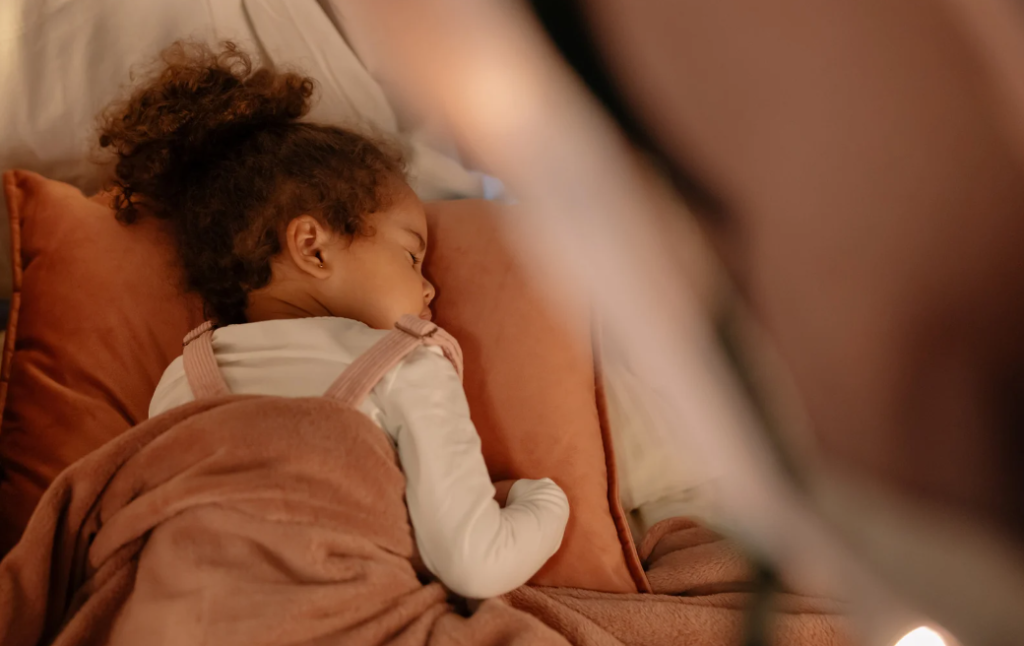It happens every fall when clocks “fall back,” but sleep schedules don’t always follow. What happens when Daylight Saving Time ends, and how it affect kids? Young children often wake earlier, nap at odd hours, or struggle to settle at bedtime.
At Golden Child Development Center, we see how even small shifts in routine can affect a child’s energy, mood, and focus. The good news? With a little preparation, families can help children transition smoothly and keep sleep routines on track.

Understanding the Change
When we gain that extra hour in November, our internal clocks need time to adjust, and for young children, this change can feel even more noticeable. Kids thrive on predictable routines, so even a one-hour shift can impact their sleep, mood, and energy throughout the day. At FLOE Academy, we understand that helping kids adjust to daylight saving time is about more than just bedtime. It’s about supporting their overall well-being and keeping their daily rhythm balanced.
Tips to Help at Home
Here are some easy ways to help your child’s body adjust to the time change:
- Shift bedtime by 10–15 minutes each night a few days before the time change.
- Keep wake-up and meal times consistent to anchor the day.
- Use natural light—open curtains early in the morning to reset their body clock.
- Create calm bedtime routines like reading or soft music before sleep.
And if your child still feels a little “off,” that’s perfectly normal. Patience, consistency, and comfort go a long way.

Conclusion
Time changes can throw everyone off balance, but with preparation and care, children bounce back quickly. At Golden Child Development Center, we adjust our schedules and environments to keep kids feeling safe, happy, and rested through every season. After all, when children rest well, they learn and thrive even better.
📍 Golden Child Development Center
🏠 1801 Spring Forest Rd, Raleigh, NC 27615
📞 (919) 878-9927
📱 (919) 621-9186
📧 goldenchild1801@gmail.com
